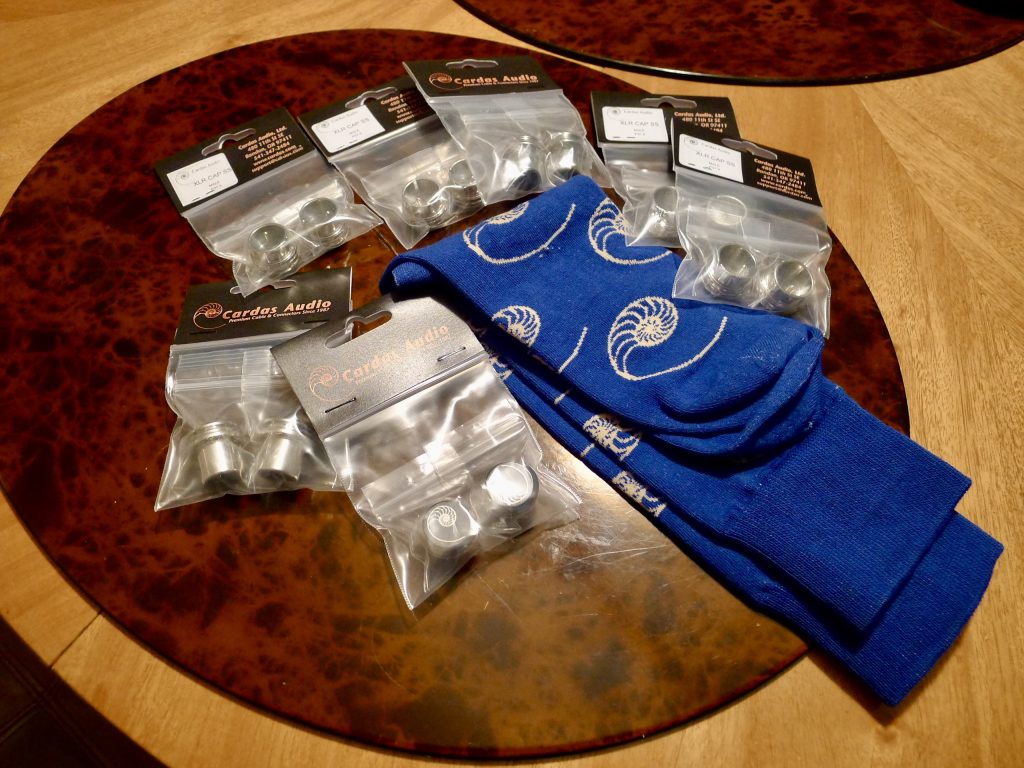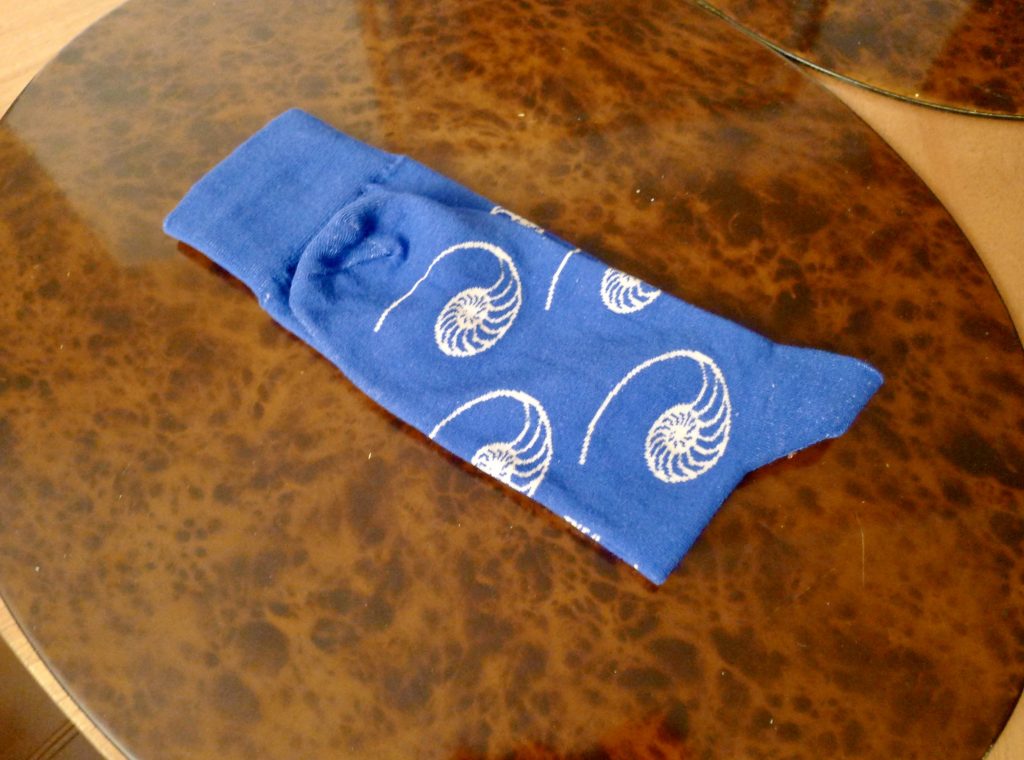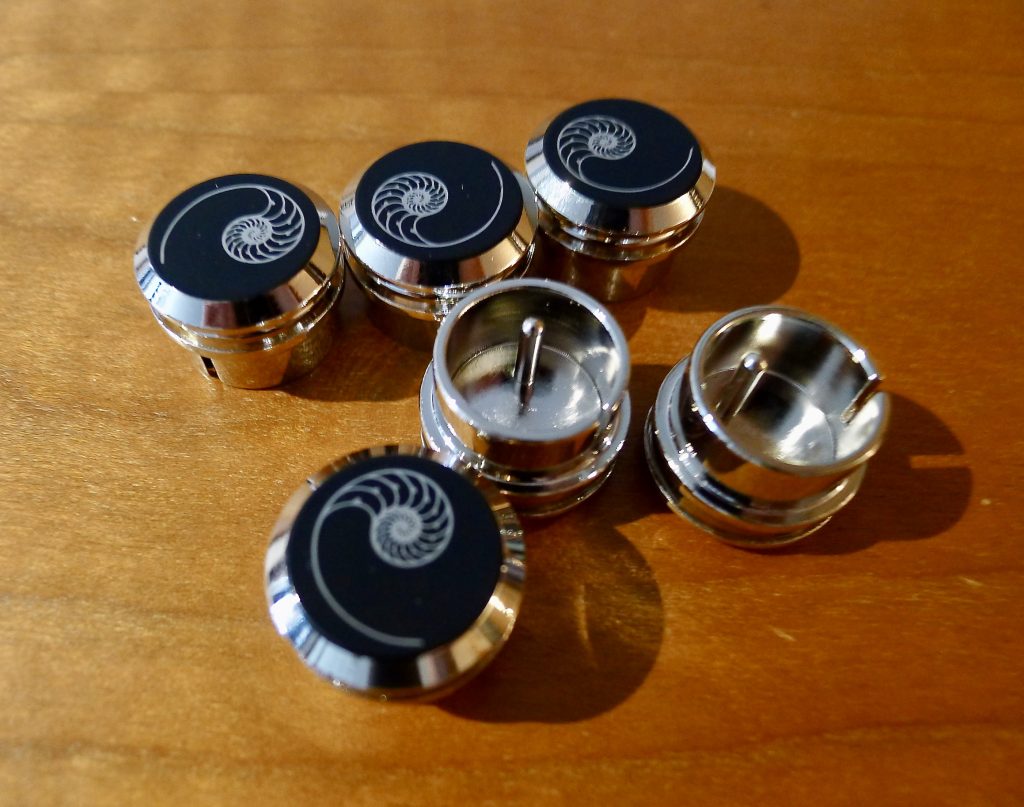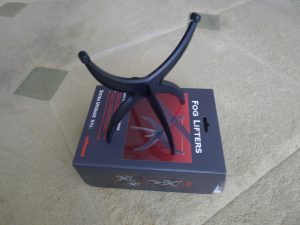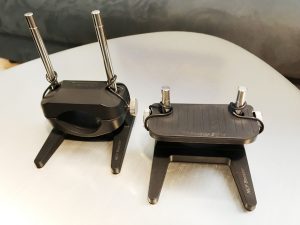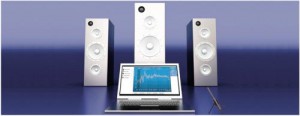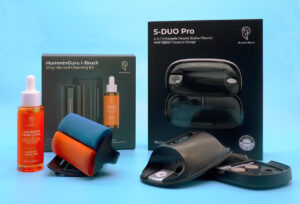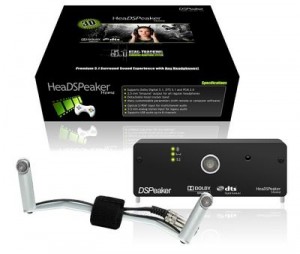I do endless cable comparisons. Along the way, I learned it was not a good idea to leave unused cables dangling from the preamp. We all know the cable then acts like an antennae to attract air-borne electrical gremlins. So I developed a routine: before sitting down for serious note taking (although not always for casual listening), I make sure to disconnect any unused wires. But hang on—think about what that routine so obviously overlooks. Once the idle wires are removed, what about those exposed input jacks? Some manufacturers will tell you they are as susceptible to homeless environmental EMI and RFI as much as any dangling cable.
I know this is true for my RCA inputs because I heard the difference after putting caps on them. For some reason, I never around to doing the same for the XLR jacks. Perhaps it was because, theoretically, the design of the XLR connection is supposed to incorporate immunity to EMI/RFI. Or, maybe it was the cost: $60 for a set of 12 Cardas RCA caps, which is probably all you need, compared with $58 for a pair of XLR covers.
I gave Cardas Audio a call. "The XLR cap may or may not make an audible difference, it depends on the component," the Cardas rep told me. He further mentioned that those customers who ordered the caps did so mostly for aesthetic appearances. Nobody was complaining about sound issues caused by open XLR jacks. Yet, I thought it only a slight reach to ponder improvements akin to the RCA ones.
The package arrived with 5 input and 2 output XLR caps—plus a surprise gift, a pair of winter-weight socks with the Cardas logo! Just the thing to keep me toasty on those cold nights in front of the video fireplace. Two input caps were going on the preamp; three were for the phono stage. Both of these components already had full complements of RCA caps. Output caps went on the preamp, as well.
The Benefits
I knew just the test LP to use: Lalo, Symphonie Espagnole, with Arthur Grumiaux. The French Tresors Classiques pressing (Philips 5835 184) has a hot, uncensored treble, not pleasant to listen to. Put the XLR caps in…
Interesting! They seem to improve every area in a small way, not hugely better, but different enough to matter. Most noticeable was the treble cooled down, stage width and image placement were more precise, and there was some beefing up of the low frequencies. I'd estimate this was about a four percent improvement.
Design and Construction
The Cardas XLR males are easy to use and can only go onto the jack one way, which puts the post inside pin 1, so there is no possibility of shorting the component. Both RCA and XLR caps are made from nickel-plated brass because "these metals offer good RFI rejection and mechanical durability." Does the metal matter? Some people think so. An importer of a competing brand of RCA cap said his copper ones work better. (He doesn't sell XLR caps.) At any rate, I'm not going to be the one to test that proposition
Conclusion
One complaint I've heard about caps is that some people, while acknowledging they make a positive difference, consider them a tweak. Tweaks, to their mind, are associated with hobbyists (or audiophiles), not average consumers. Most consumers buy systems to enjoy music, they don't want to become audiophiles. Therefore, the logic goes, tweaks don't belong in the system.
This is all true—but, SO WHAT? You've gone out, spent a fortune, and amassed a fine system. You and your buds enjoy it nightly. With a little bit of fussing, you will enjoy it more, but it's your choice.
For those of us out there on the fringe striving to eek out every last bit of quality, the XLR caps are a definite must. Both RCA and XLR caps are such a no-brainer and so affordable, it would be a shame not to acquire them, particularly if you live in an urban hotbed of air-borne pollution. You don't have to hear a radio station playing through your system to benefit from capping unused jacks, especially the inputs. I can't think of another tweak with a bigger bang for the buck.
Postscript
Environmental EMI/RFI is insidious. It will find its way into any opening. With that in mind, I looked at the back of my preamp. It has three types of input jacks—RCA, XLR, and BNC. I bet the BNC is no different from any other entry point for the little gremlins. We need to cover them as well.
At one point Cardas made a BNC cap but it was discontinued for lack of demand. Here's what I suggest: If you try the XLR caps and like what they do, I would encourage you to let Cardas know you'd be interested in the BNC caps. Maybe they'll reconsider.
RCA Caps
Retail: $60/dozen
XLR Caps
Retail: $58/pair, specify male or female
Cardas




